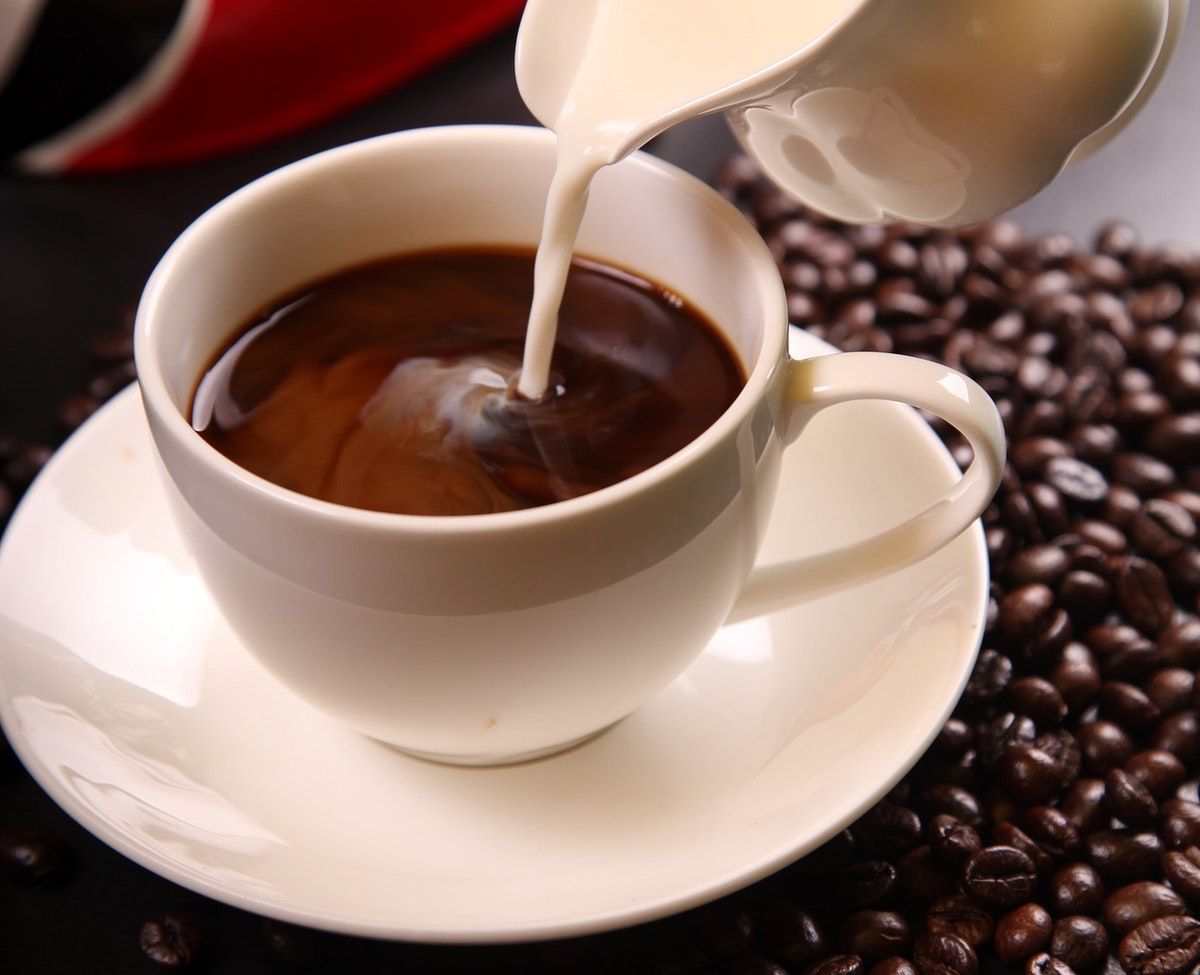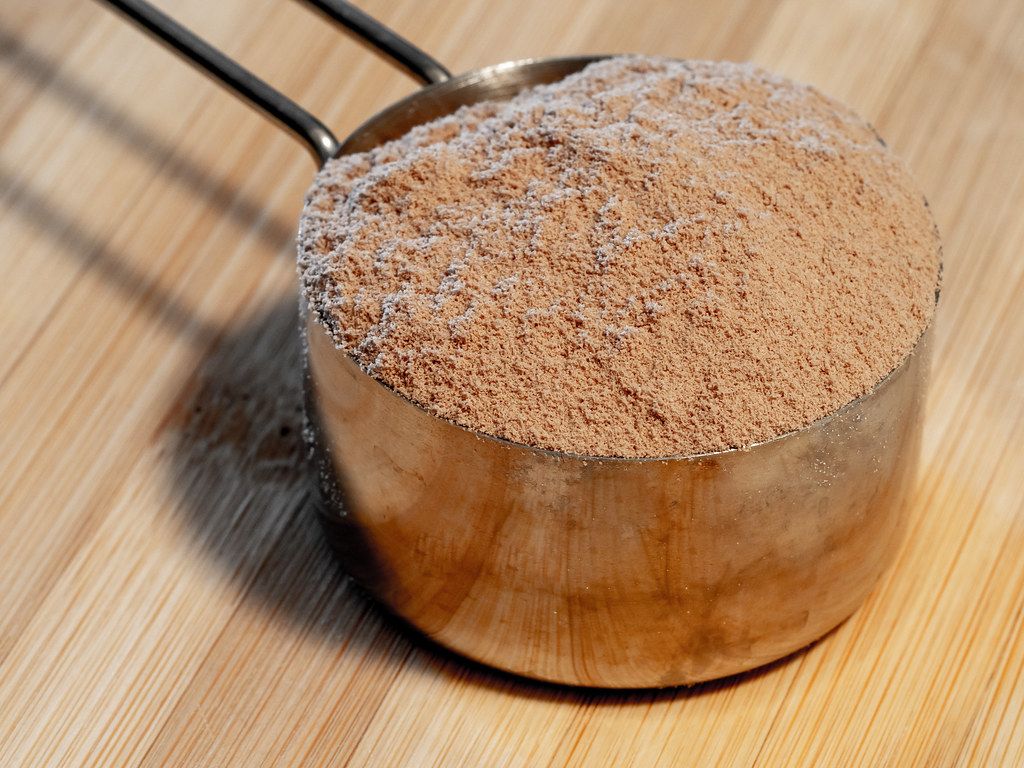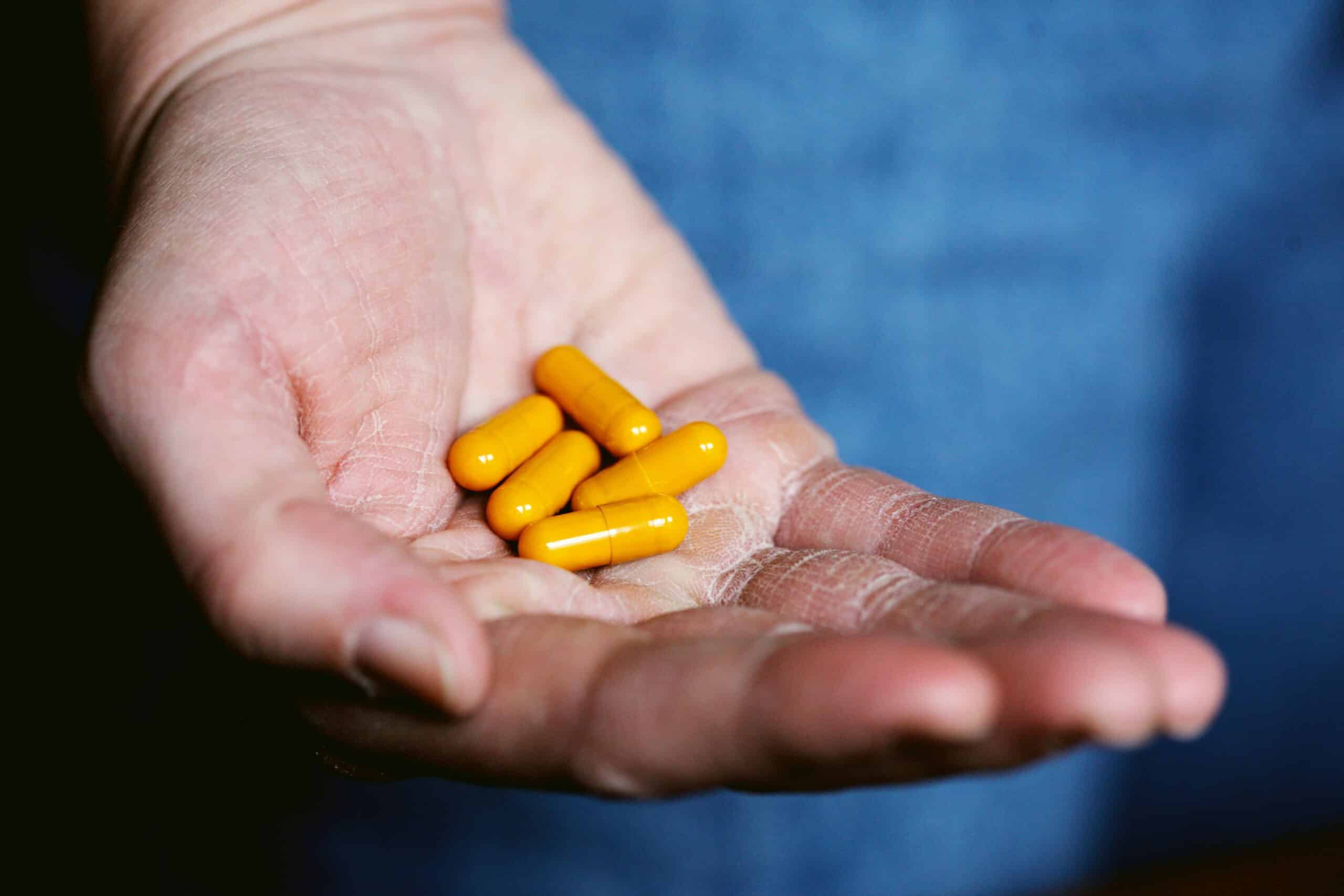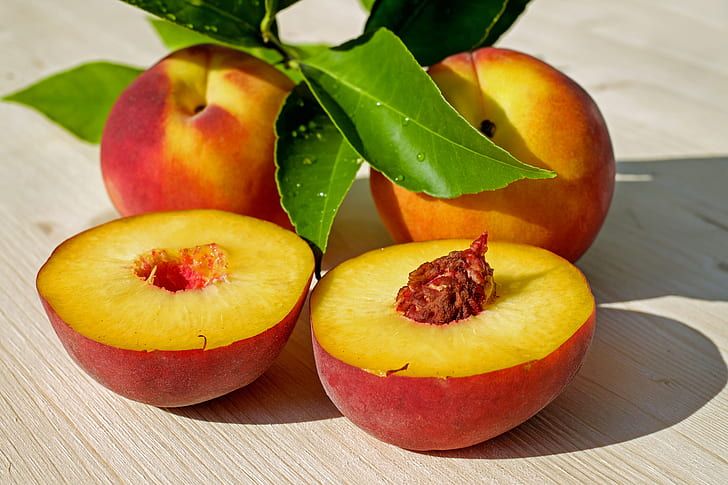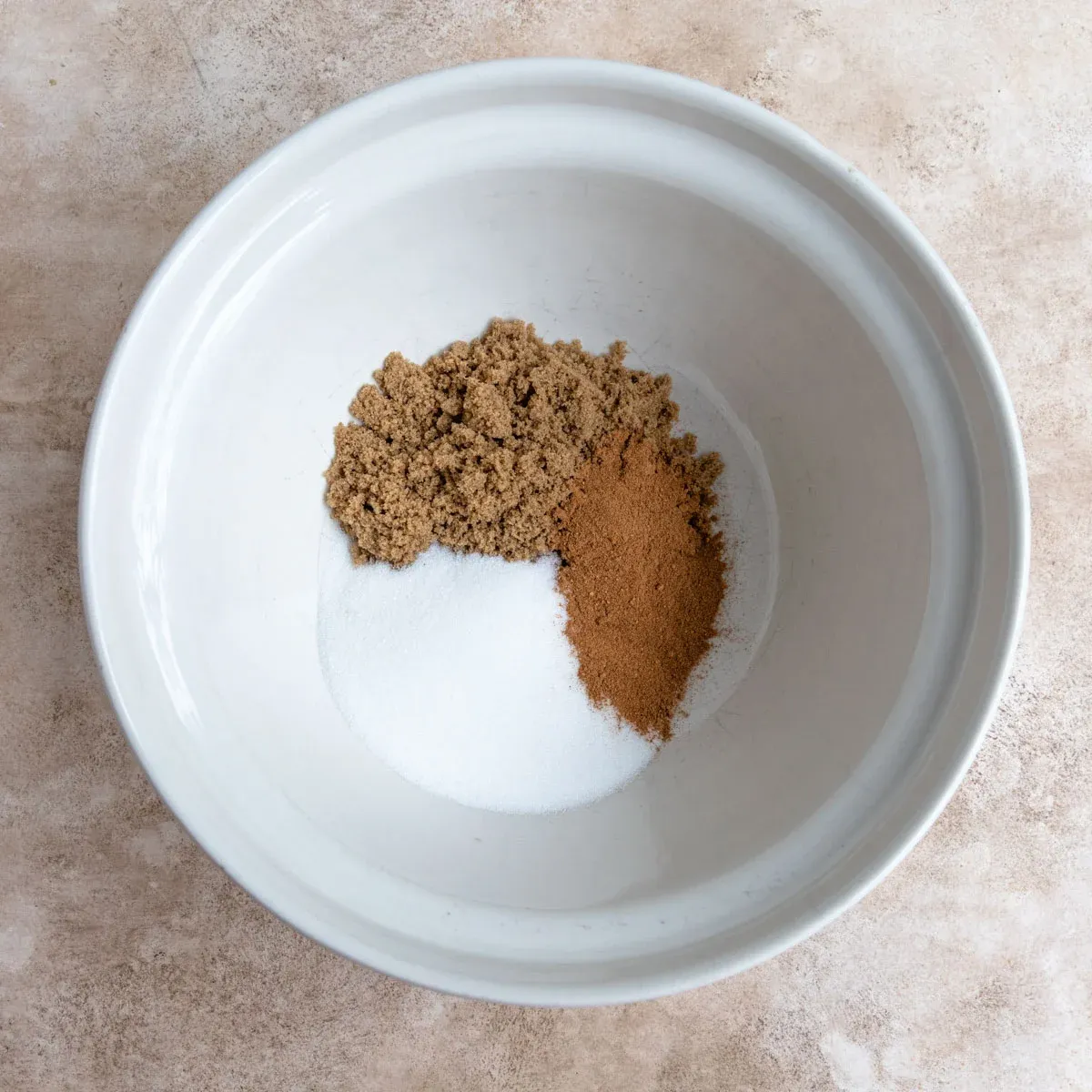
The Bittersweet Truth: White Sugar vs. Brown Sugar
- Aug 26, 2025
We know; you thought there was a good sugar and a bad sugar. Well, the plot twists. Whether it's white, light brown, or dark brown, sugar is sugar, and they're all from the same sugar-cane or beet family. Despite the color, texture, or flavor differences, there's not much difference health-wise except for the calories they pack. Let's drop the sweet talk and dig in.
First, let's break it down; white sugar goes through a refining process stripping it of its molasses, but then someone thought to add the molasses back, creating our pal, brown sugar. What a power move, right? This molasses adds a posh layer of moisture, perfect for when you fancy a softer and moister end treat.
If you find yourself brown sugar-less and recipe-in-progress, life gives you lemons, or, in this case, molasses to add to your white sugar. Though children's dreams are made of brown sugar because it packs trace amounts of minerals like calcium, magnesium, and iron, we wouldn't go running a mile for its nutritional value. Well, unless you plan on hoarding calories for a winter hibernation.
Consider brown and white sugar as masterpieces of added sugars. Yeah, the ones that should occupy just about 10% of your daily calorie quota if you listen to the Dietary Guidelines for Americans. For example, if you're a 2000 calorie-a-day kind of person, try aiming for less than 50 grams of added sugar.
Here's the science bit. White and brown sugar are high-fliers composed of sucrose. Sucrose, the smart cookie, is a mix of glucose and fructose. Eat sugar, and your blood glucose levels surge, sending your pancreas into overtime releasing insulin. Insulin, our gatekeeper, guides glucose into cells to be used for energy. Sweet, innit?
For our diabetic warriors, sugar, honey, syrup, glucose tablets, or fruit juice are godsent. They raise blood sugar faster than an adrenaline junkie at a skydiving event. Contrarily, combining sugar with fat or fiber won't crank up your glucose levels so rapidly. Tip: whole fruits, cake, and chocolate, however scrummy, are not recommended for treating low blood sugar – stick to the straight-up sugars.
Want trimmer sugar content? Just use one-third less than the recipe asks for. Yeah, it's that simple. Sayonara, extra calories. You can also sneak in sugar alternatives like honey, date sugar, or those elusive artificial sweeteners. Although, remember, these require some savoir-faire to play around with in recipes.
Before you implode with this sugar, drama note that net-free" does not always translate to "carbohydrate-free." So, if you're on carbohydrate watch like it's the next trending series, make sure you keep those eyes peeled on labels.



